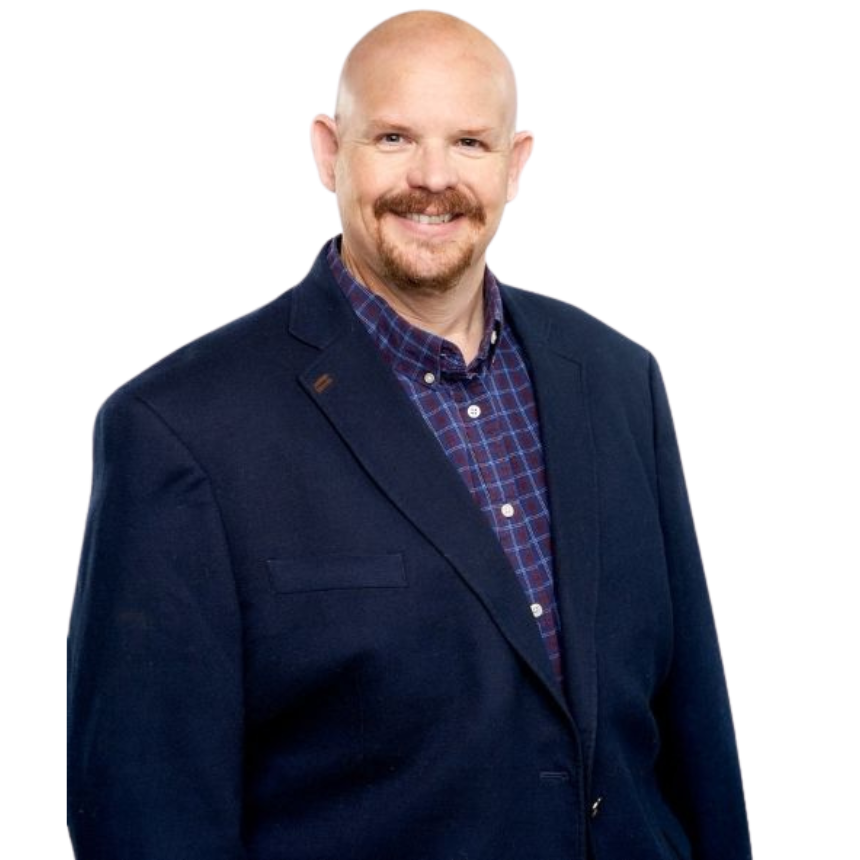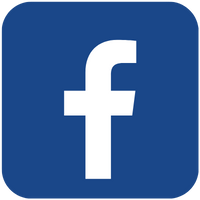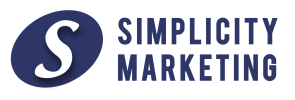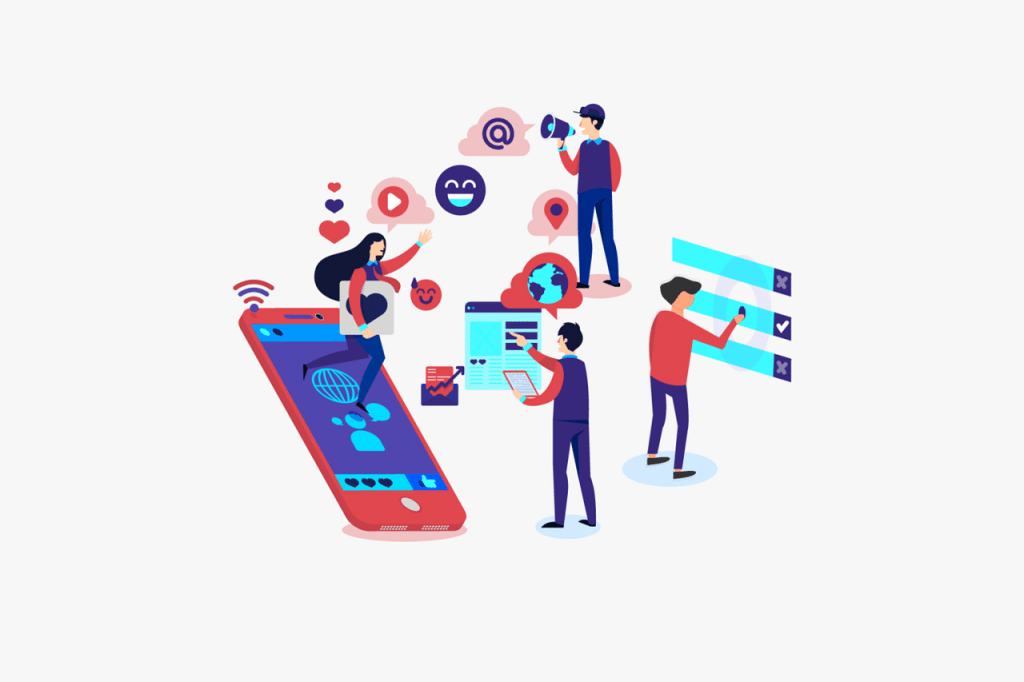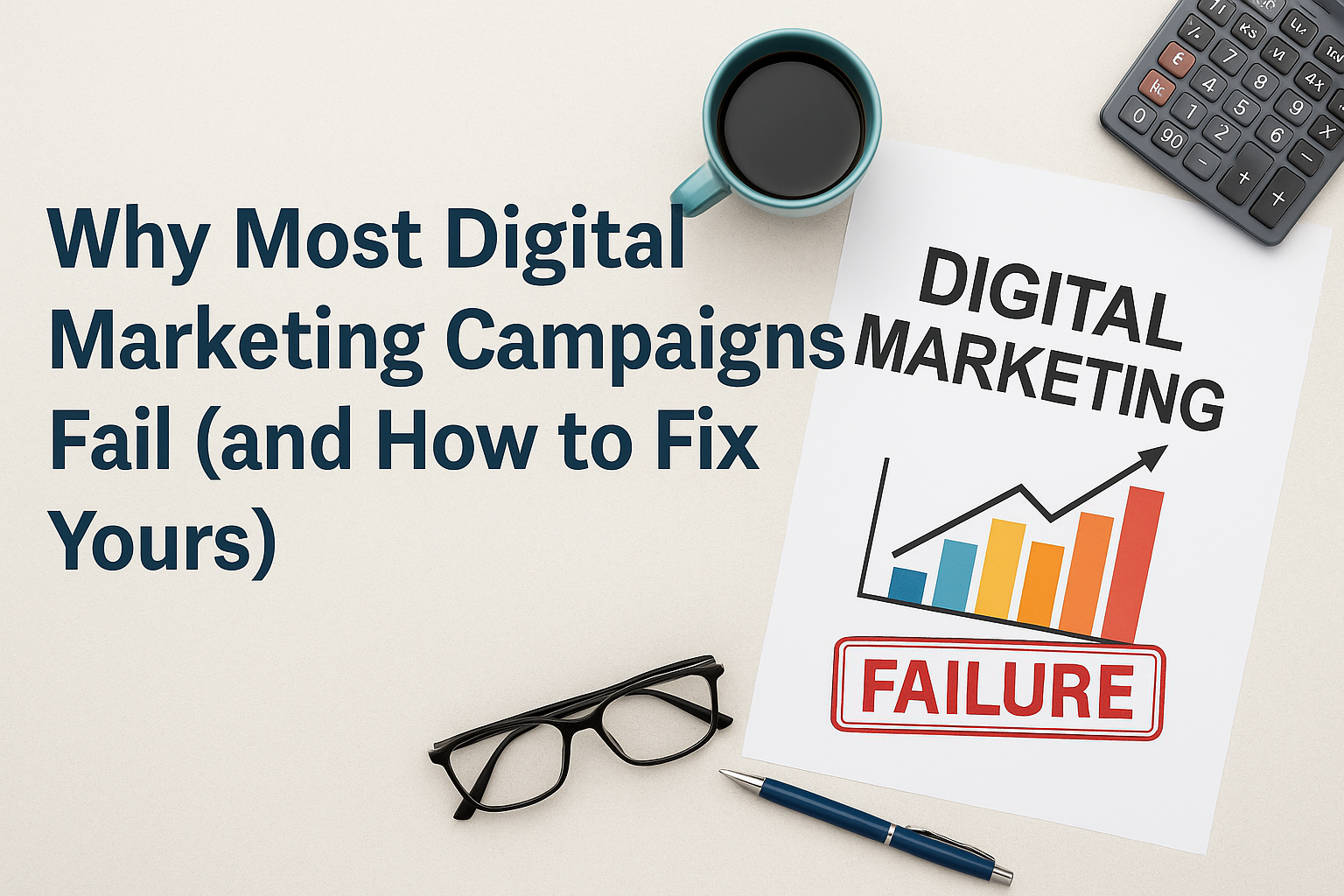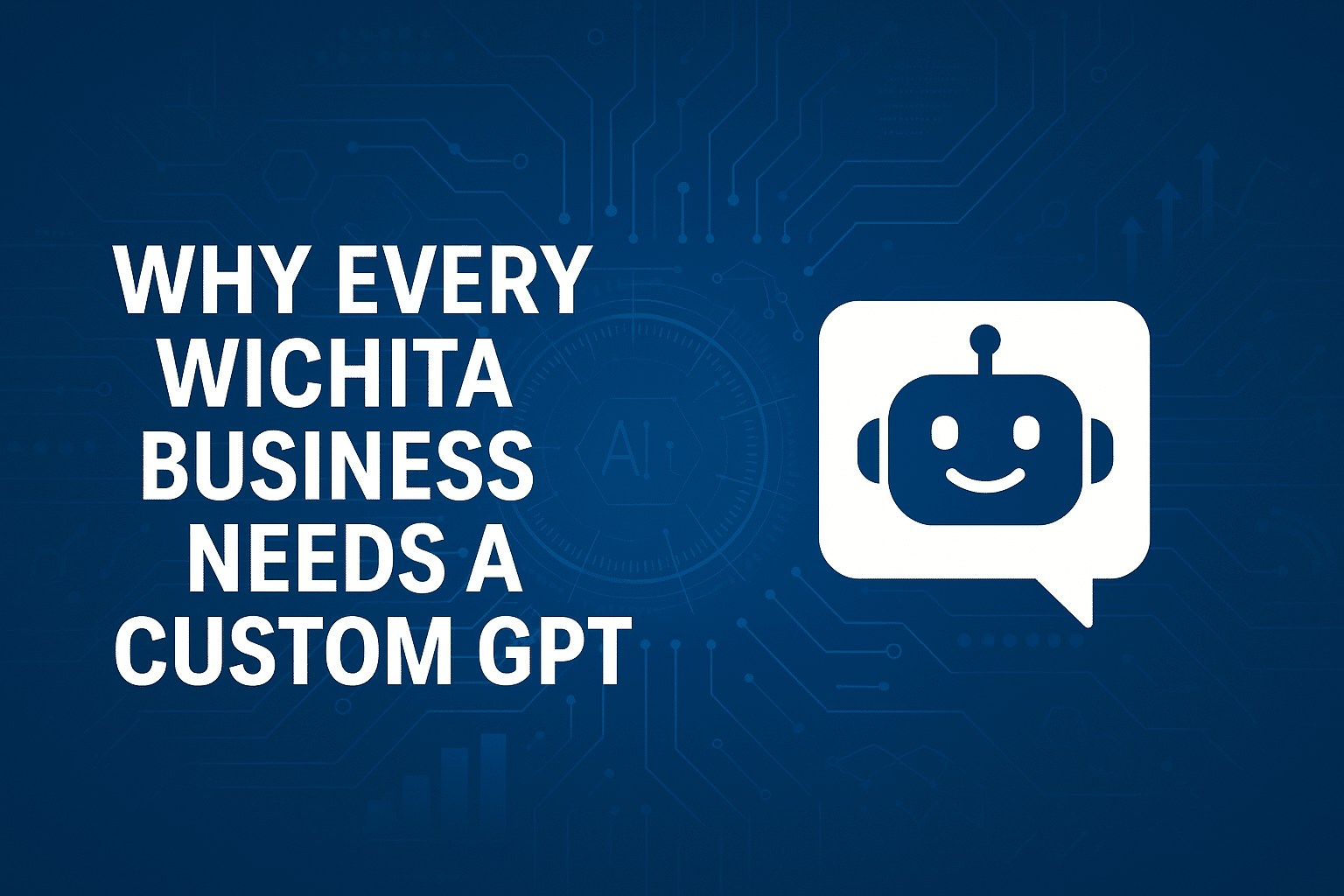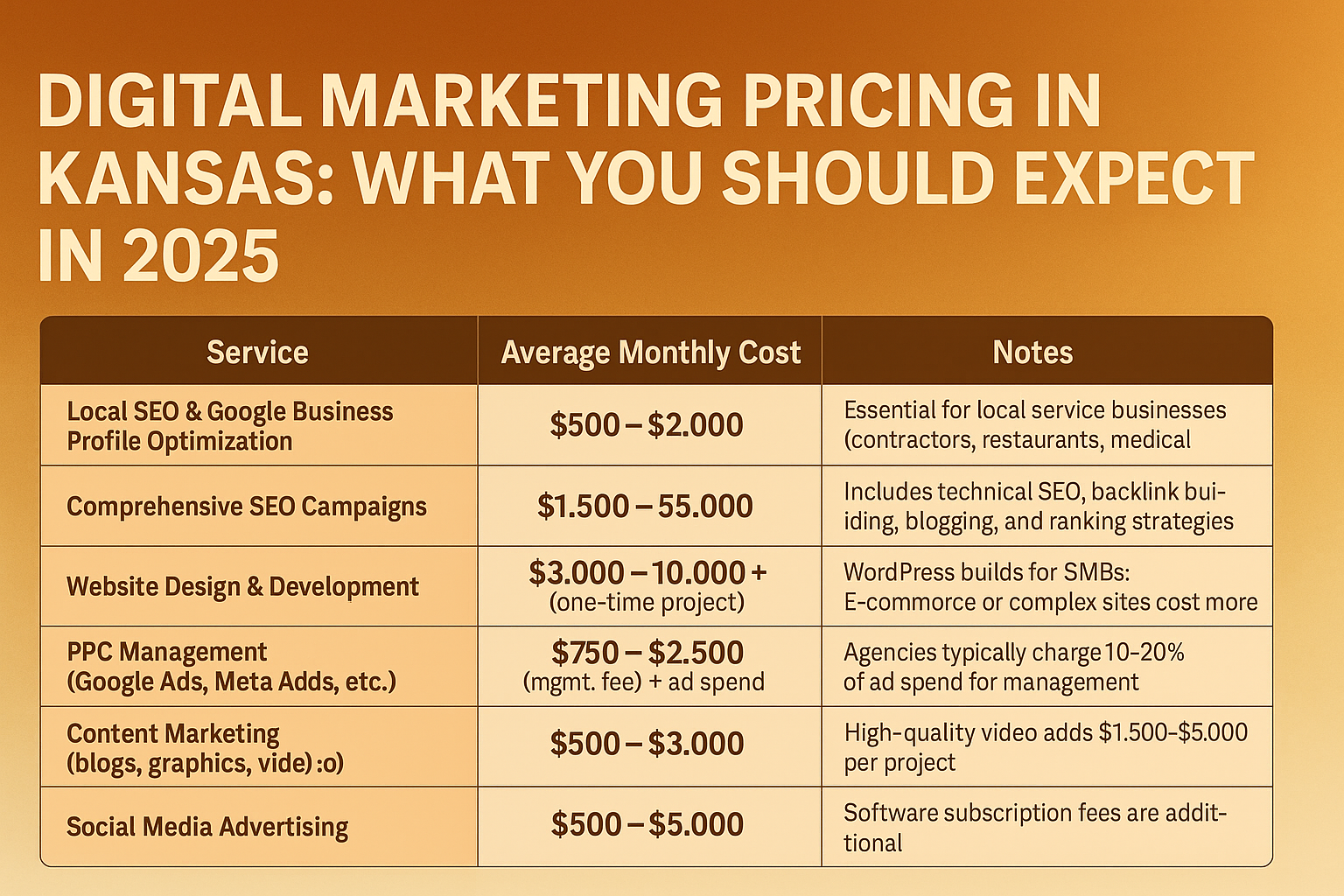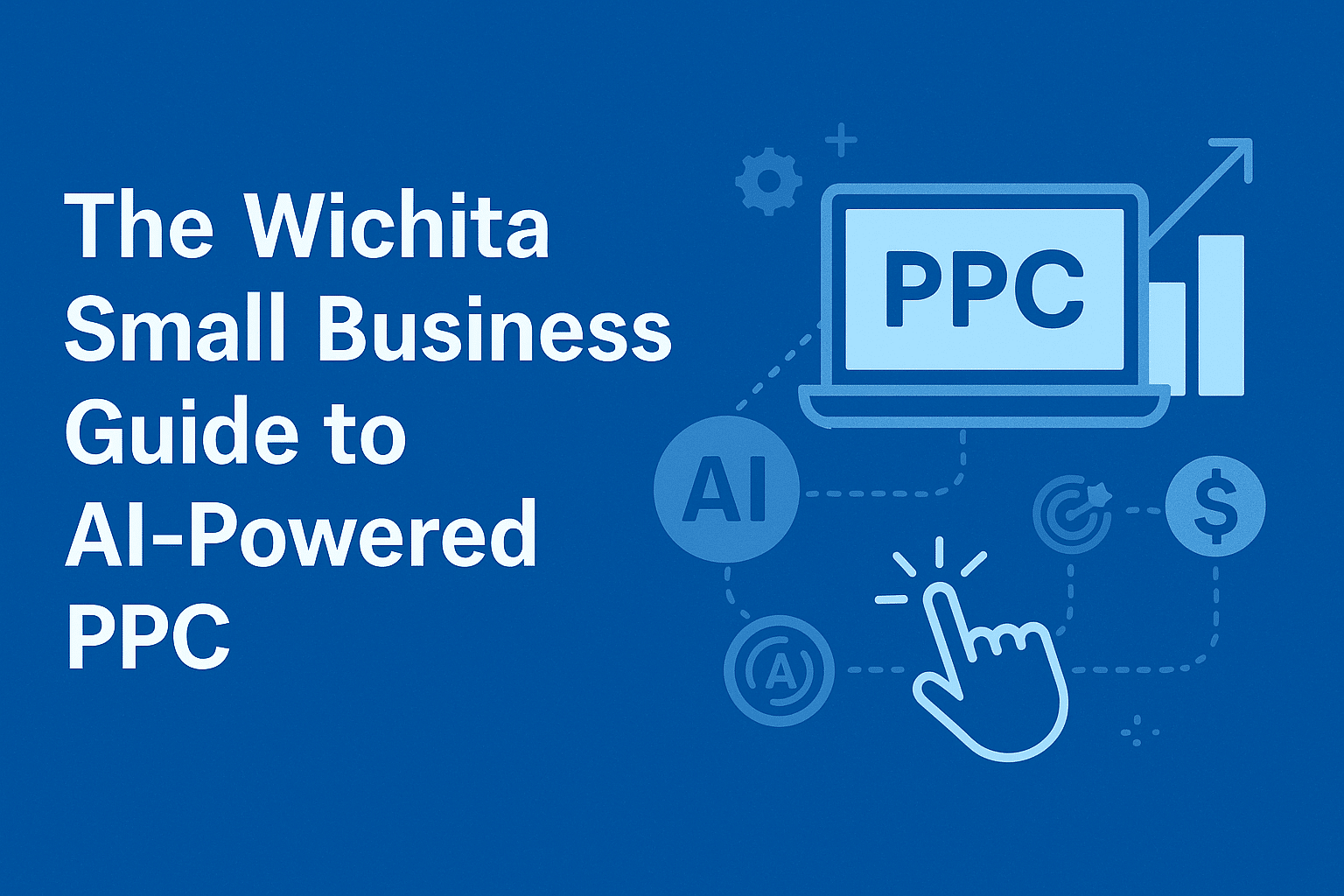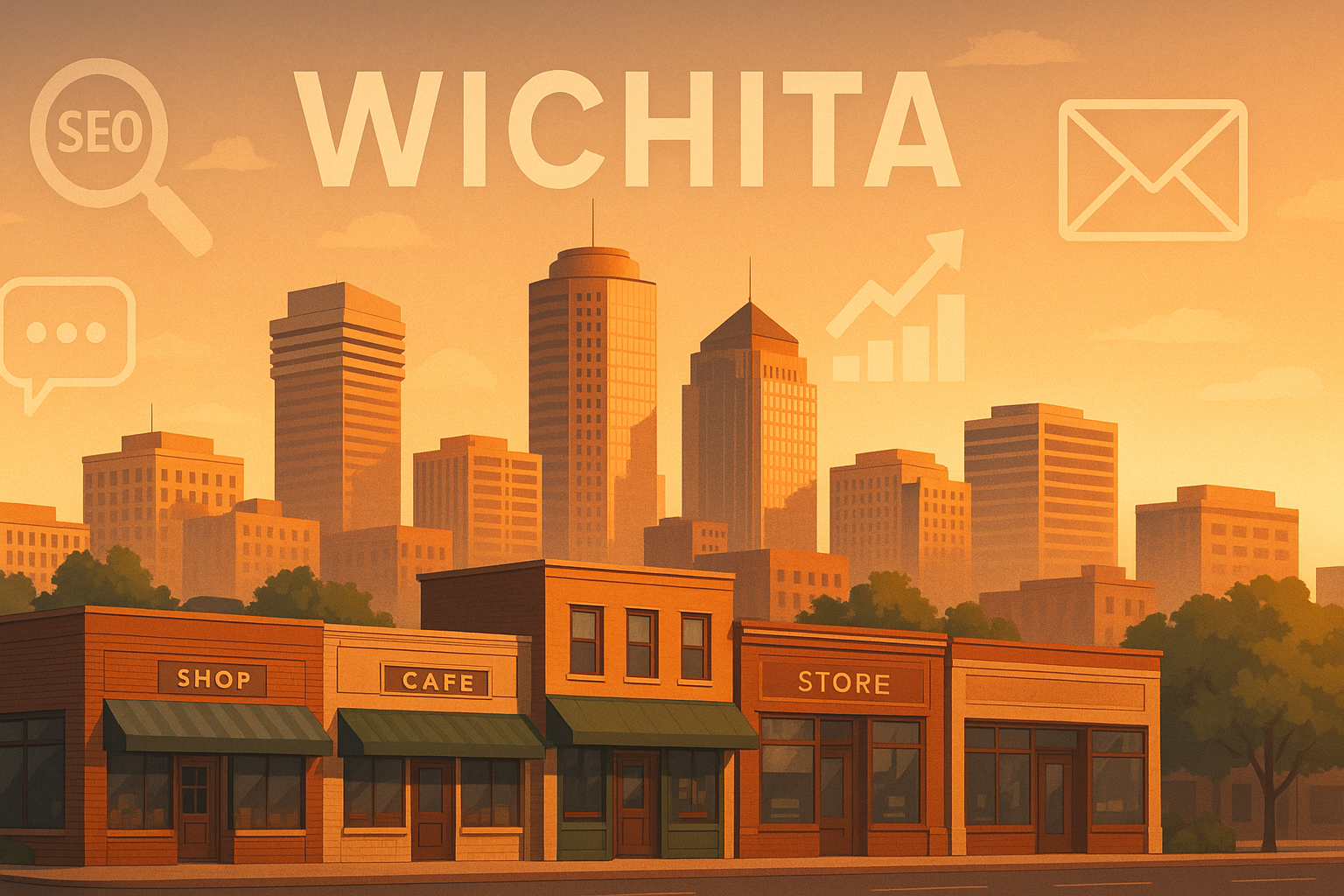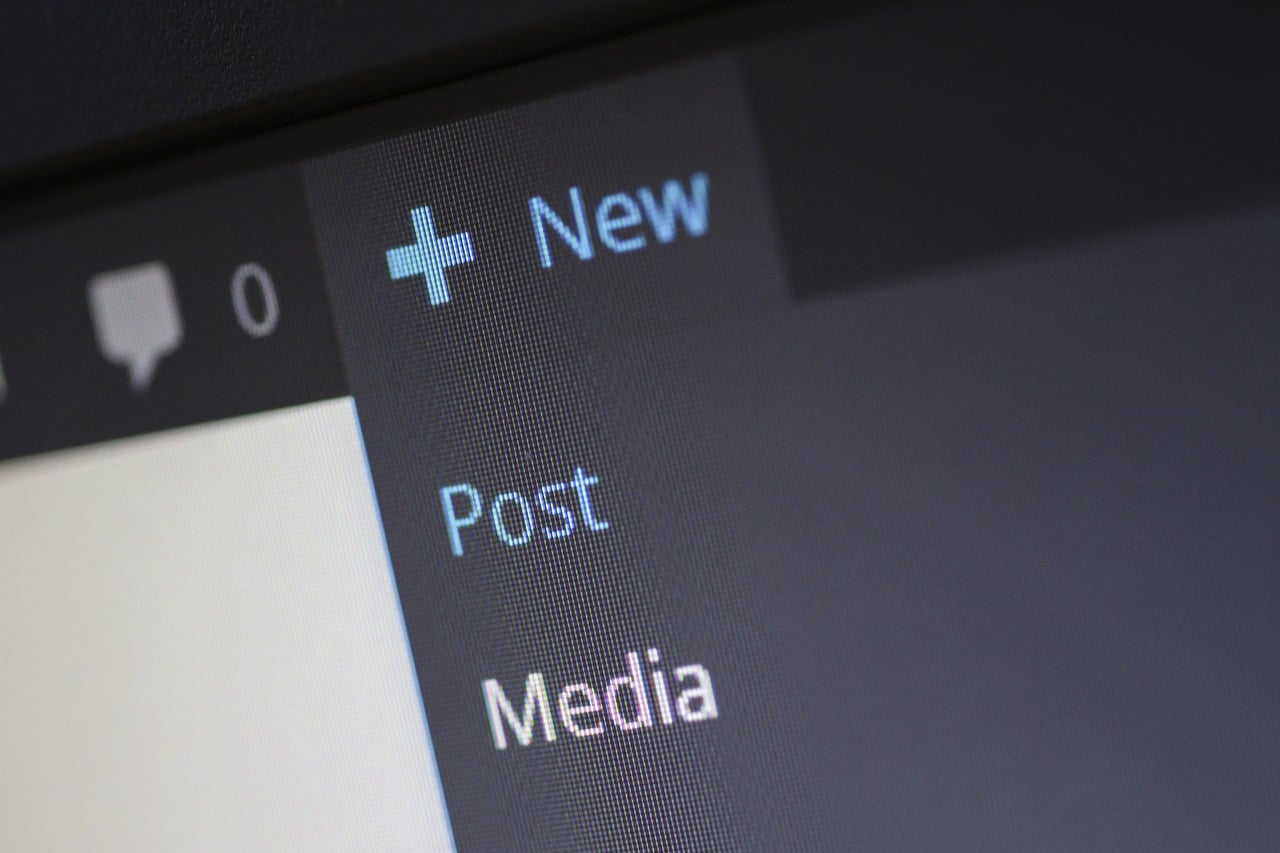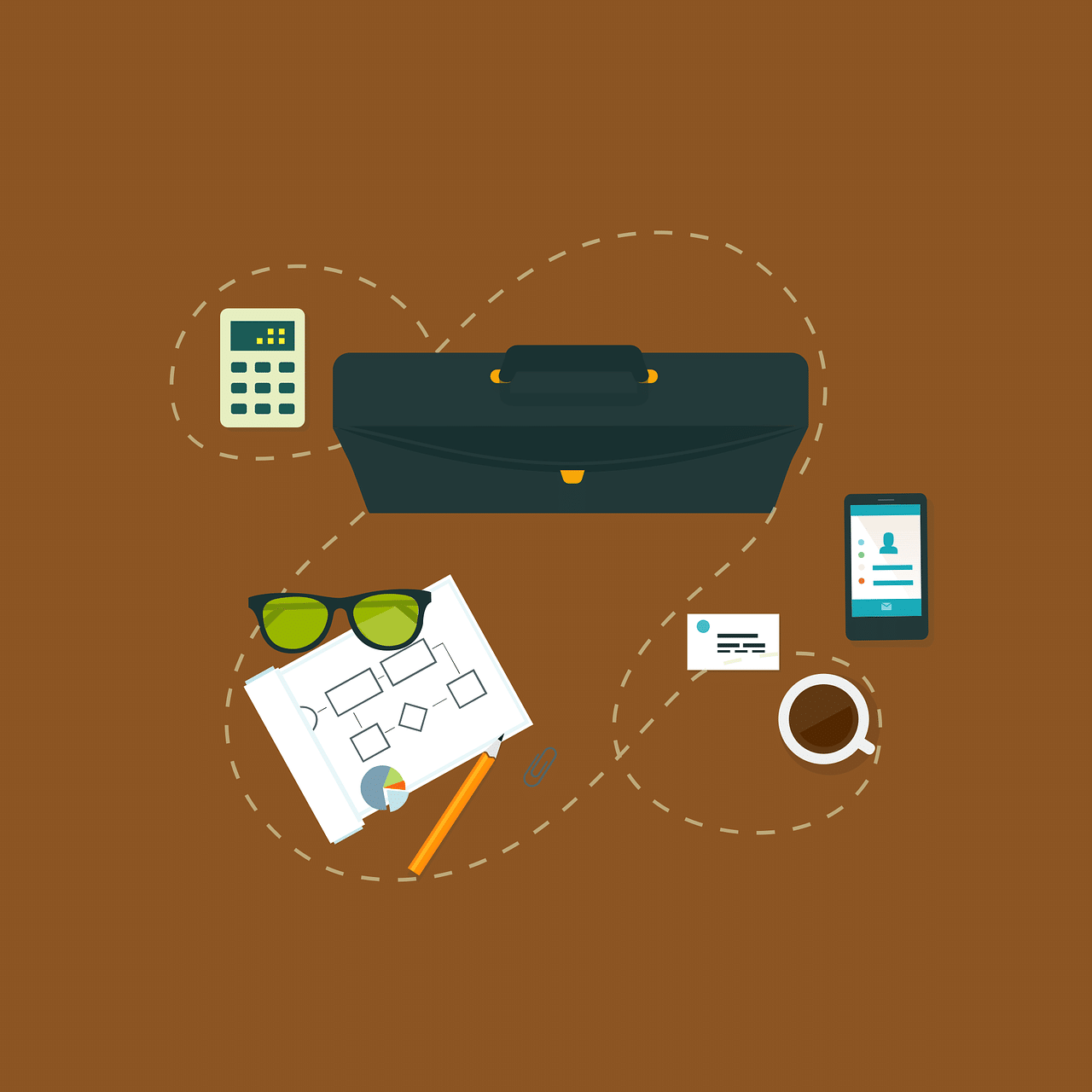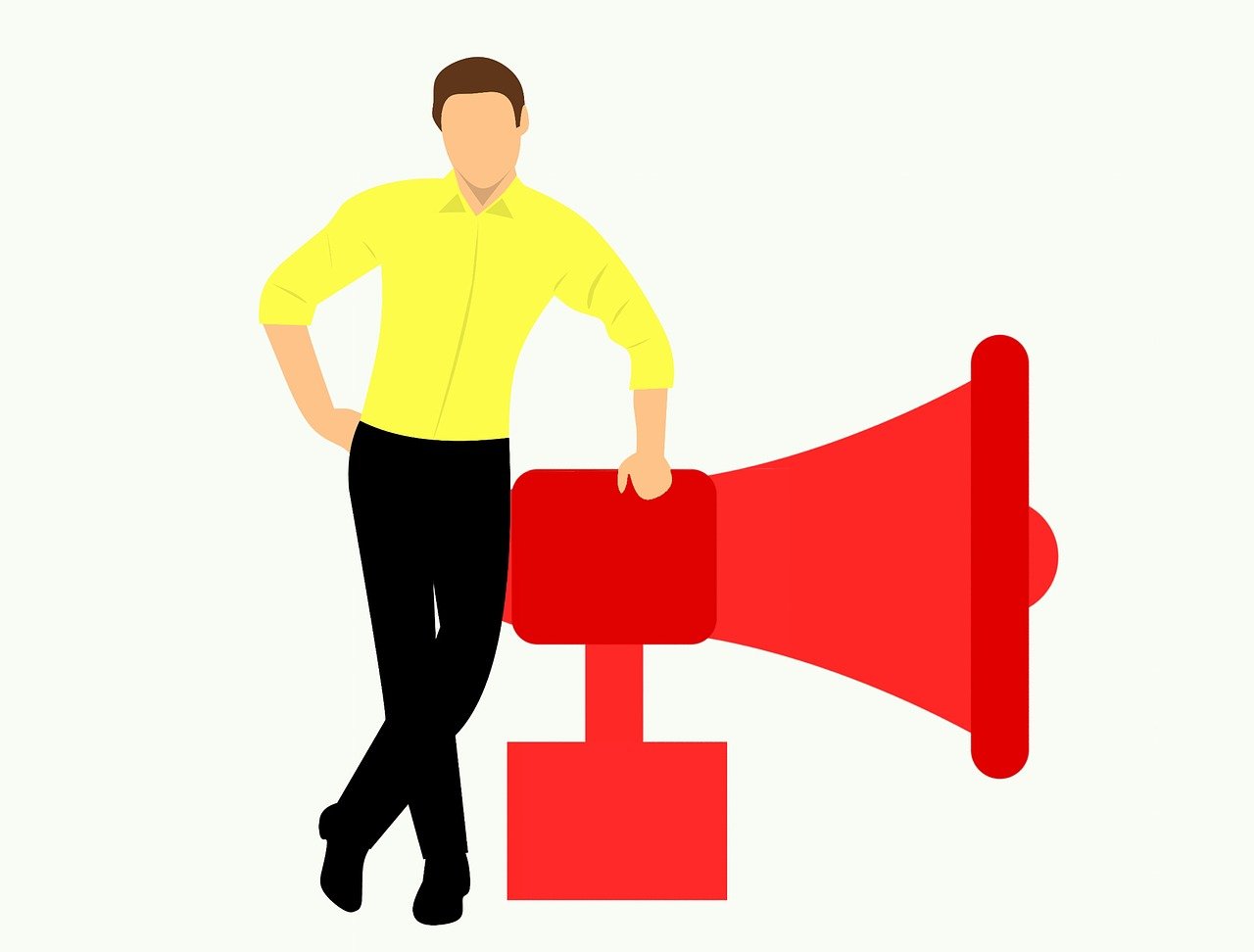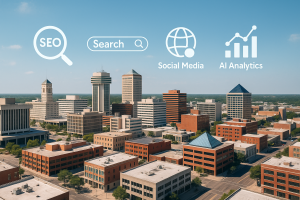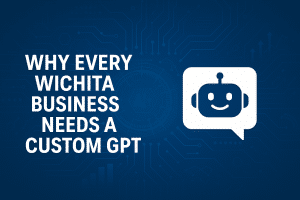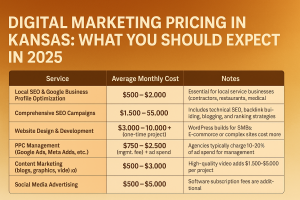How well established is your sales funnel? This article is here to help you understand the basics of the sales funnel and how you can use your existing Facebook page and community to build an effective sales funnel straight from your customers to your bottom line. We’ll cover the basics of any sales funnel, as well as practical steps towards crafting your sales funnel through Facebook ads, your Facebook page, and your website. If you’re looking for an introduction to a new and highly effective marketing tactic, then this blog is the place to start.
What is a Sales Funnel?
Let’s start with the very basics. What is a sales funnel? There is no definite or universal example of a sales funnel. All funnels will vary depending on the medium, products, and industry you are using. However, every sales funnel follows the same basic process and building blocks. A sales funnel is how you find potential customers, how you engage them, show them your products or services, and finally make the sale to that targeted, potential customer. A sales funnel typically moves a customer across several webpages or even websites as it takes them through the process from start to finish. Some sales funnels, such as the example we’ll dive into next, even end in a different medium than they begin.
To understand how a sales funnel works, let’s take a look at one of the most accessible examples of this for the United States, the Super Bowl. Super Bowl ads are a big-ticket item for any company because they put the most eyes in front of whatever they are displaying. However, few super bowl ads offer any way to buy the products then and there. Take Coca-Cola for example. Their ads typically use humor or pull-on human connection to emphasize how their products make you feel. The ads typically end with the logo but don’t often highlight a website or phone number to call in and buy coke from. However, they plant the seed of the sale and bank on the brand recognition so that next time you’re thirsty, you think of their products. Then when you visit a grocery or convenience store for something to drink, that product is already on your mind. The sale might take place via a third party, but it happens to the benefit of the Coca-Cola company. This is how the sales funnel process works on a massive scale. But, odds are that you don’t have $2 million to spend on ad space and a killer comedic ad for your business. Yet you can use the same process to elicit similar results for your business on a local or regional scale.
Why Facebook?
Facebook provides free and affordable ways for you to create similar sales funnels to the Coca-Cola strategy mentioned above at a cost and reach more in tune with what your business has to work with and can handle. Facebook allows you to increase and specify your customer reach without having to put together expensive physical advertising campaigns or promotional materials. If you have a product or service ready to offer, Facebook can connect you with your next customer. We’ll discuss how you can utilize Facebook to create two to three key stages of your sales funnel that can lead directly to your website or your point of sale. Facebook is a key instrument in any internet marketing strategy and the following section will help you to understand how it can play a dynamic role in your existing or new marketing strategies.
Stages of a Facebook Funnel
When using Facebook as the primary source for your lead generation and point of contact, it is important to consider these phases of the sales funnel as separate entities. For promotion you will typically use advertisements, comments, or posts to generate buzz, create outreach, and let people know that your business exists. Once promotion begins, you can start to generate leads and create channels of contact between you and those who have needs that your business can fill. We’ll break down the general phases of the sales funnel below and discuss how Facebook can play a significant role in how you promote your business, generate leads, make customer contact, and even propose the sale.
Promotion
Promotion is the first step in the sales funnel, and it is often the most daunting. Many people start to see the dollar signs associated with advertising and get distracted from the end result. Often times many rush into the promotional phase without a key understanding of their target audience or the end goal of the sales funnel process. Facebook makes it easy to understand the importance of a targeted demographic and to keep your advertising costs down through Facebook ads.
Facebook ads allows you to set budgetary limits, define goals, and refine exactly who will see your ad. This means that you can target your target demographic and your target demographic only by narrowing the field by terms such as age, location, gender, and even interests. This means that you aren’t paying for your products and services to be show to people wildly outside of your targeted range. This allows you to target only those who you can confidently move through the funnel process without forking over large sums for that to happen. The relative simplicity of Facebook ads also means that you don’t need to spend a ton of money on ad production and design.
Lead Generation
The next phase of the sales funnel process is lead generation. This is where you can move users who clicked on your ad, liked your page, or responded to a comment and move them from the target demographic category into the lead or potential customer category. This is the stage of a sales funnel where you can dive into specifics about not just your products and services, but also about what makes your company different. A lead is someone interesting in what you can do for them and the lead generation stage is about convincing the customer that you are the one who can get the job done. Lead generation can be an invite to like the page, an increased targeting of people within a certain demographic, and content produced from your business page. Interacting with people who comment on your posts, creating posts to address questions, and anything that creates another point of discussion between you and your audience is a great way to stir up existing interest and move users into the next phase of the sales funnel.
Contact
Typically, the customer will make contact first. Whether that’s via phone, via a Facebook message, or by going to your website, the customer typically makes that leap from lead to contact. This doesn’t mean you can’t still send out contact emails, make cold calls, or send the first message. However, most funnels are structured around the organic movement of an interested customer. Your promotions and lead generation content are what motivates the customer to want your products and services to fit their needs.
The contact phase of the sales funnel can take place through Facebook or a variety of other mediums, but the end goal for this phase won’t change regardless of the medium. The contact phase helps you transition the lead on a potential sale into a customer for a definite sale. Whether this is done on a special page on your website or in person, the end goal is the same. This is the phase where interest starts to become a part of an actual sale or transaction.
Proposal
By the time you get to the proposal sale if you are offering a product or definite service, you will most likely have this phase of the funnel take place on your website. If you are entering into a verbal agreement to exchange goods, services, or funds at a later date, this phase may come through email, phone, or even Facebook messenger. This is where you propose the final sale. What can you offer the customer or client and how much do you want in return for that exchange of goods and services? These need to be firm dollars and cents and the customer needs to have an exact idea of what they are receiving at the expense of their own hard-earned dollars. The proposal needs to be clear, personal, and exact. If the customer feels like they are not being given your full attention or if they are unsure about what they’re getting into, they are unlikely to make it to the final sale.
Final Sale
The final sale is the end destination for most sales funnels. This is where the proposal is agreed to and you exchange goods and services for payment. This is often a short step in the sales funnel, requiring only the click of a button or a signature. Whether it’s done through your website or with a handshake, this is where the customer is confirmed. However, this is not necessarily the final step in a sales funnel.
A great sales funnel doesn’t just conclude with the final sale, it opens the door to future sales as well. This can mean offering additional products during checkout (think of candy bars at the grocery store) or by creating a point of contact to follow up on. Customer surveys, product surveys, and follow-up emails are a great way to make contact with the customer after the sale. This lets you receive feedback on the previous sale while also creating a path for them to re-enter the sales funnel for additional products or services. When creating your Facebook sales funnel, remember that a single sale is not the end goal. It’s easier to retain an existing customer than it is to find a new one. The sales funnel for retaining customers is routinely shorter of a process and takes less in advertisements and promotions to reengage their interest in making a purchase from you.
Conclusion
Facebook is a great place to start the sales funnel process and to generate leads that can quickly become paying customers. Facebook allows you to cheaply create targeted ad campaigns that can rapidly expand your audience and put your business in front of a larger demographic. You can then cultivate these leads and make contact in order to understand their needs and explain to them what your business can offer to meet said needs. Finally, you can usher them to the point of sale and plant the seeds for sales yet to come.
Featured Image:
Image by <a href=”https://pixabay.com/users/webtechexperts-10518280/?utm_source=link-attribution&utm_medium=referral&utm_campaign=image&utm_content=5187243″>Joseph Mucira</a> from <a href=”https://pixabay.com//?utm_source=link-attribution&utm_medium=referral&utm_campaign=image&utm_content=5187243″>Pixabay</a>
